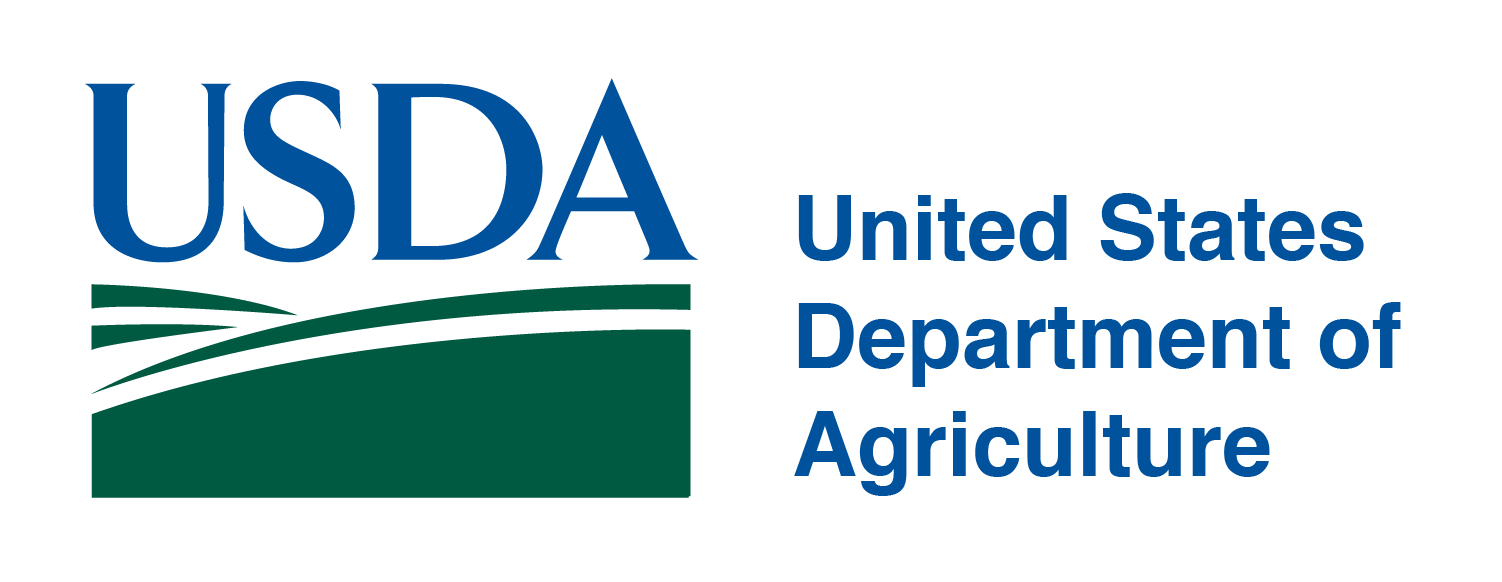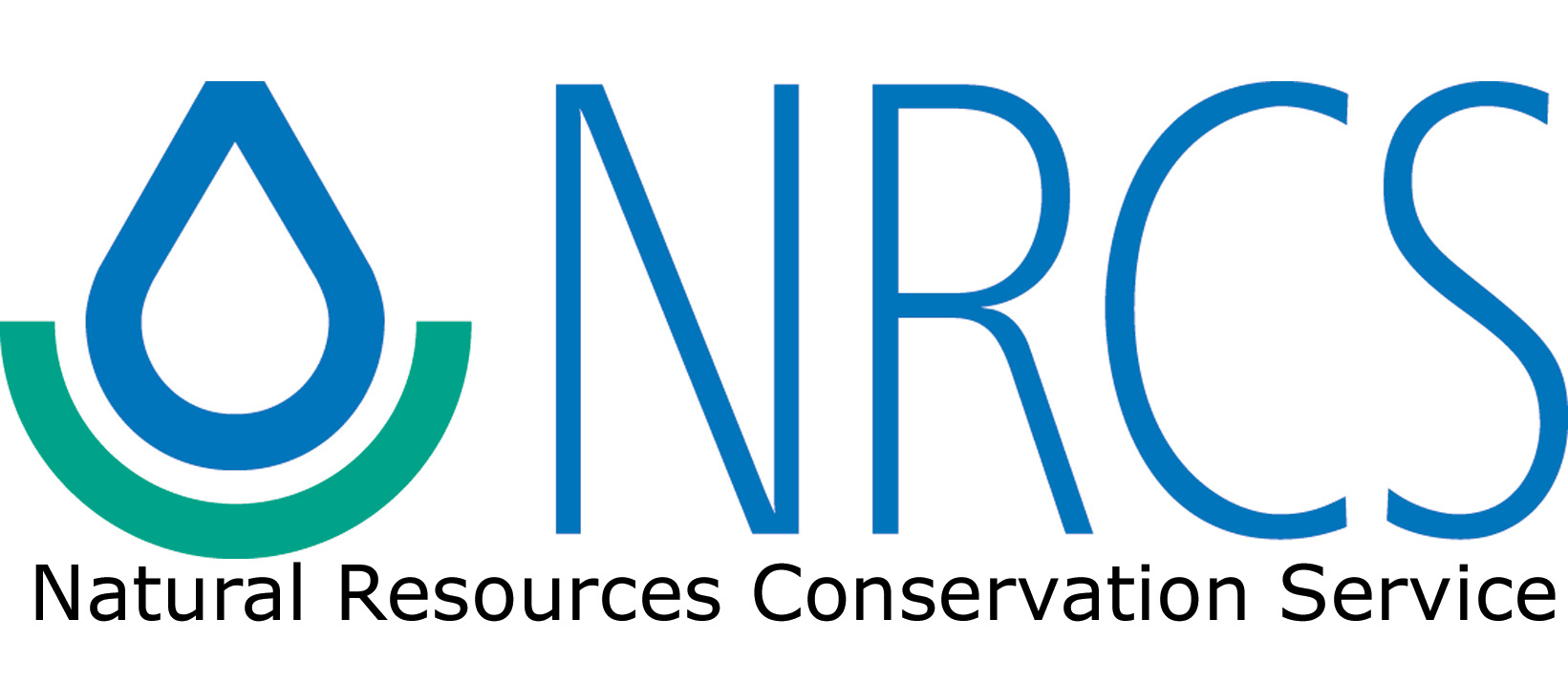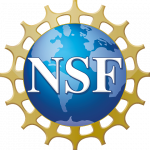- Home |
- RESEARCH
RESEARCH
Current Projects
Use of Mid-infrared Spectroscopy for Hydrological Soil Property Estimation in Mississippi and Texas
Mid-infrared (MIR) spectroscopy has emerged as a rapid measurement technique that has the potential to complement if not substitute laboratory analysis of soil properties. Mid-infrared spectroscopy has been successfully used for estimating dynamic soil properties (DSP): moisture, organic carbon, cation exchange capacity, electrical conductivity, and pH. However, there are scanty or no reports on hydrological soil properties (HSP): infiltration, soil hydraulic conductivity, water retention, and available water capacity. In addition, the available conventional methods of measuring hydrological soil properties are labor-intensive and time-consuming. The goal of this project is to enable Natural Resources Conservation Service (NRCS) field offices in Texas and Mississippi to utilize MIR spectroscopy to derive DSPs and HSPs in office without performing laborious and costly conventional field or laboratory measurements.
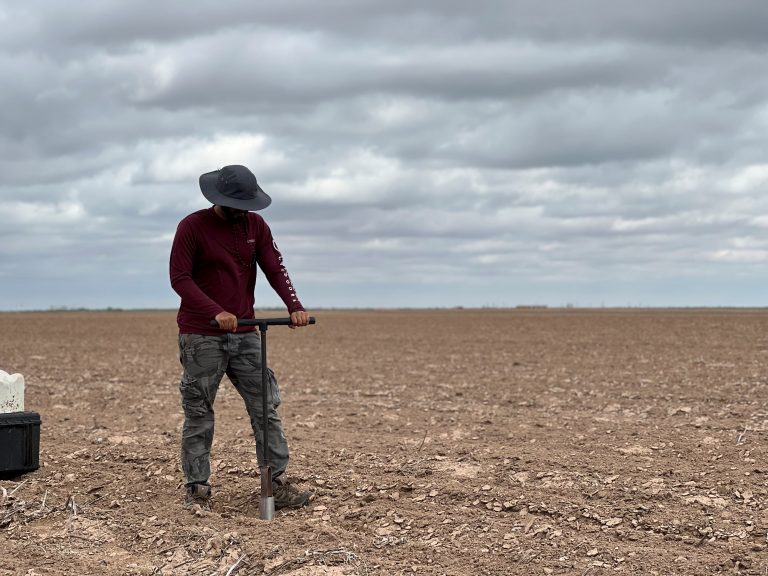

Use of Integrated UV-VisNIR-MIR Spectroscopic Techniques for In-Situ Soil Sensor Development
Spectroscopy is a rapid and non-destructive technique which we can rely on sensing multiple properties of soil simultaneously. Unique spectral signatures govern the accuracy and reliability and we have the utmost potential to use this technology to develop a “single sensor” to measure different constituents of the soil. Use of different regions of spectra: UV, VisNIR, and Mid infra-red, to estimate different properties have been demonstrated in literature for dry ground soils, mostly as distinct efforts utilizing a single spectral region at once.
Among the aforementioned spectral regions, VisNIR reflectance spectroscopy is the most widely investigated for soil characterization and the UV range is the least. MIR range produces accurate predictions compared to the other two, however several limitations are existing as barriers preventing bringing the technology to field-level applications. This project will enable the use of integrated UV-VisNIR-MIR spectroscopic techniques for in-situ soil sensor development. The research seeks to answer the question of ‘whether integrated UV-VisNIR-MIR spectroscopy can be used for field soil sensing? If so, how?’
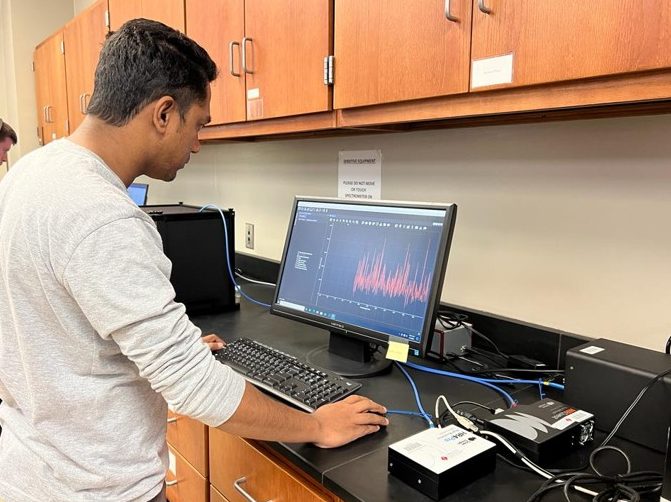
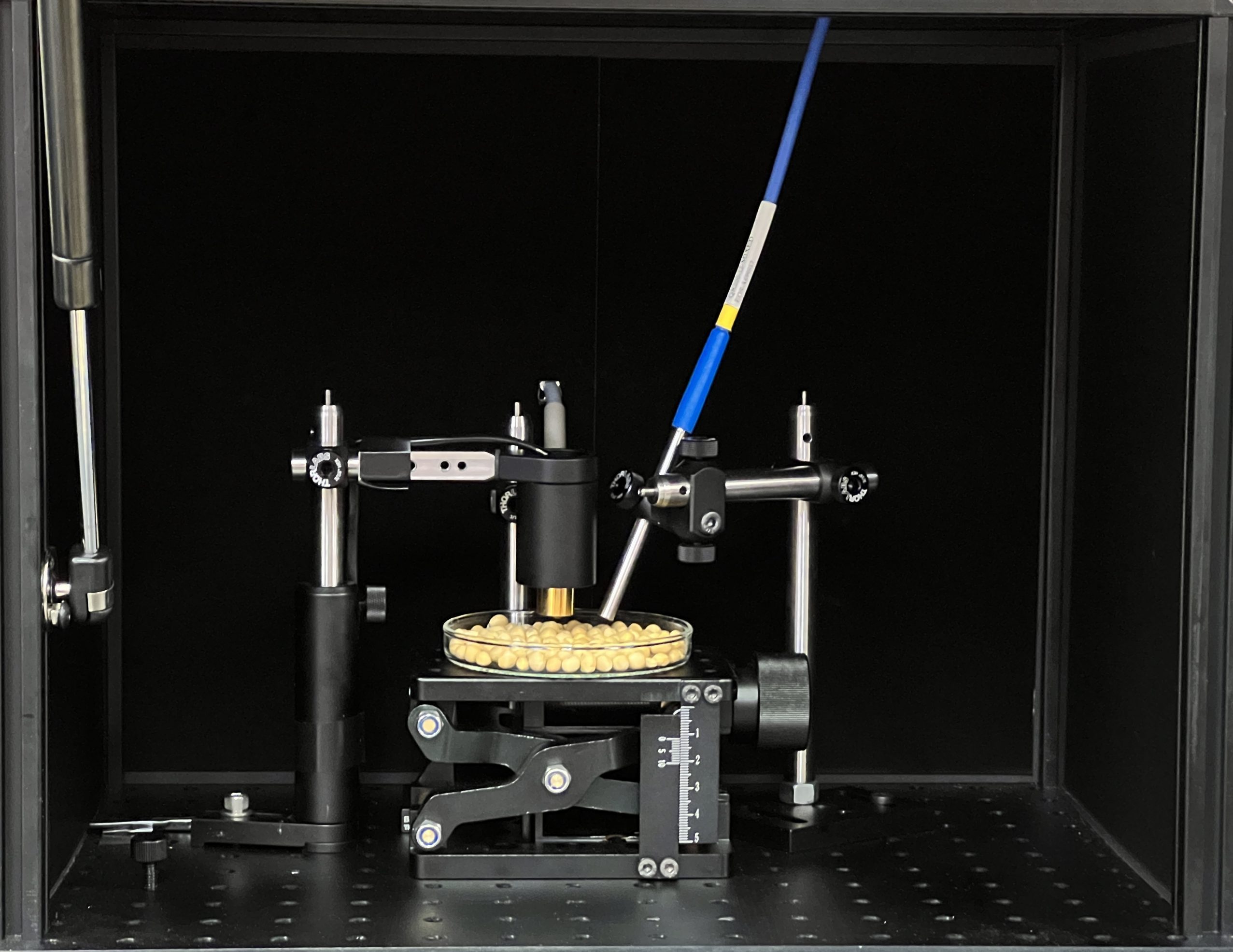
AI-Augmented Remote Sensing and 3D Crop Modeling for Sustainable and Smarter Agriculture
With growing global pressure on food systems and natural resources, there is an urgent need for smarter, data-driven approaches to monitor and manage crops efficiently. This research project focuses on developing next-generation agricultural sensing methods that uses multispectral, hyperspectral, and LiDAR drone’s systems and artificial intelligence to better understand how crops grow and respond to changing field and environmental conditions. By combining 3D mapping, imaging, and machine learning, my work aims to measure crop health, leaf area, and yield more accurately without relying on costly or time-consuming field surveys. The overarching goal is to establish a physics-aware, AI-augmented sensing framework for precision agriculture, one that fuses 3D structural information from LiDAR with spectral and temporal signals from UAV imagery to enable automated leaf nitrogen estimation, canopy-level biophysical parameter retrieval, radiometrically consistent multi-temporal analysis, and predictive modeling of crop performance and yield. This integrated approach helps farmers and researchers track crop development, optimize resource use, and make informed management decisions.
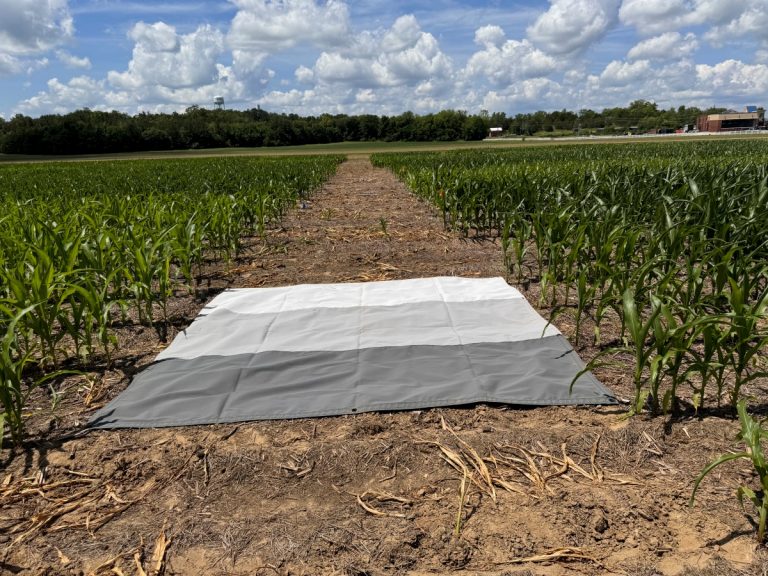
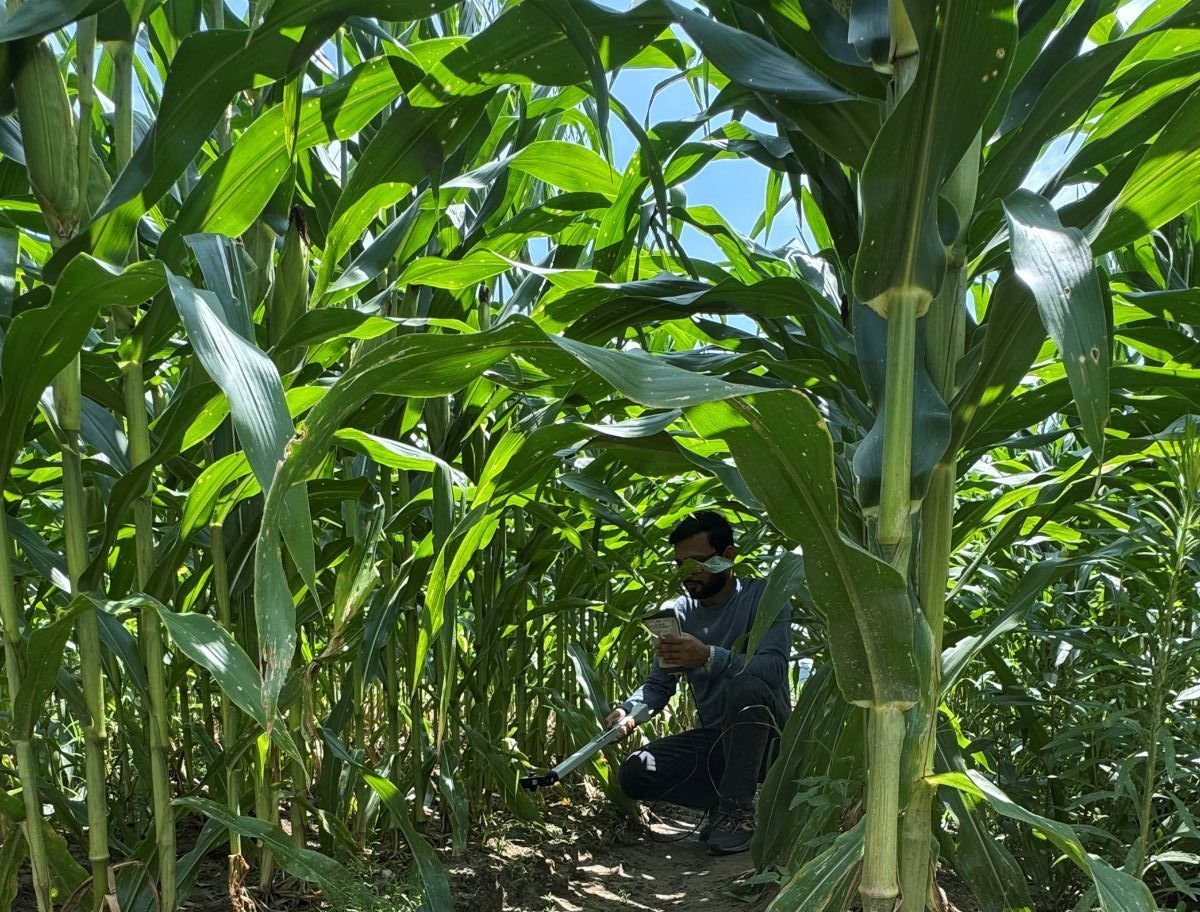
Spectroscopy Based Viral Infection Detection of Sweet Potato
Spectroscopy is a rapidly developing technology that is currently permeating many scientific domains and applications. It has shown promise in diverse applications including soil chemical and physical property estimation, plant tissue nutrient measurement, and detection of plant diseases. However, the use of this technique to early detect viral infections of sweet potato is not established yet. The goal of this project is to implement spectroscopy-based techniques to identify spectral signatures that are sensitive to sweet potato potyviruses in greenhouse conditions enabling the detection of infections before the onset of visual symptoms.


Impact Assessment of Sweet Potato Packing Lines
Impact damage to sweet potatoes is assessed on research farms of MSU Pontotoc Experiment Station. An impact recording device (IRD) is inserted in the product flow and used to measure the impact. Survey experiments are conducted for selected commercial sweet potato packing lines in Houston and Vardaman of Mississippi to assess impacts imparted to sweet potato roots due to packing equipment. Characteristics (e.g., peak acceleration, velocity change) of the impacts produced on the packing lines from the entrance to the outlet will be measured using the IRD.
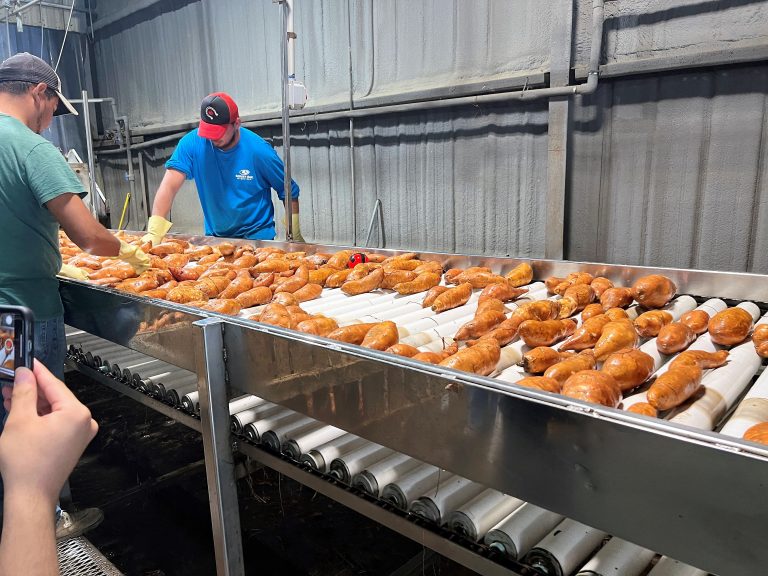
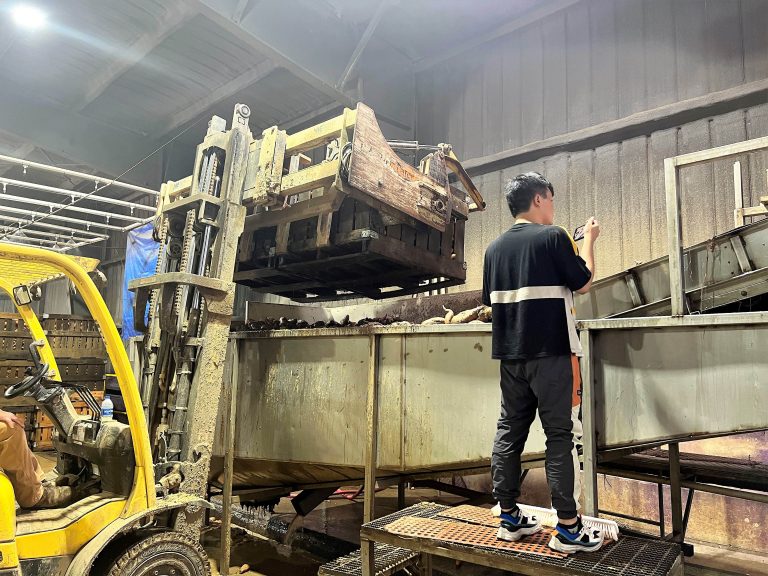
Integration of Hyperspectral, Thermal, LiDAR, and RGB-D Imaging for Soybean Phenotyping
High-throughput phenotyping is critical for advancing soybean breeding and stress resilience studies. Traditional methods of measuring plant traits are often manual, and labor-intensive, limiting the scalability of crop improvement programs. This project leverages a multi-sensor approach combining hyperspectral, thermal, LiDAR, and RGB-D imaging to enable comprehensive and non-destructive monitoring of soybean growth and stress responses.
Each sensing technique contributes unique insights: hyperspectral imaging predicts biochemical and physiological traits; thermal imaging captures canopy temperature for water-use efficiency assessment; LiDAR provides 3D structural information such as plant height and biomass; and RGB-D imaging supports morphological trait extraction and plant segmentation.
The goal of this project is to design and validate an integrated phenotyping system that fuses data from these modalities to extract key traits, classify genotypes, and detect stress responses. The project aims to accelerate soybean breeding and provide scalable solutions for precision agriculture and food security.
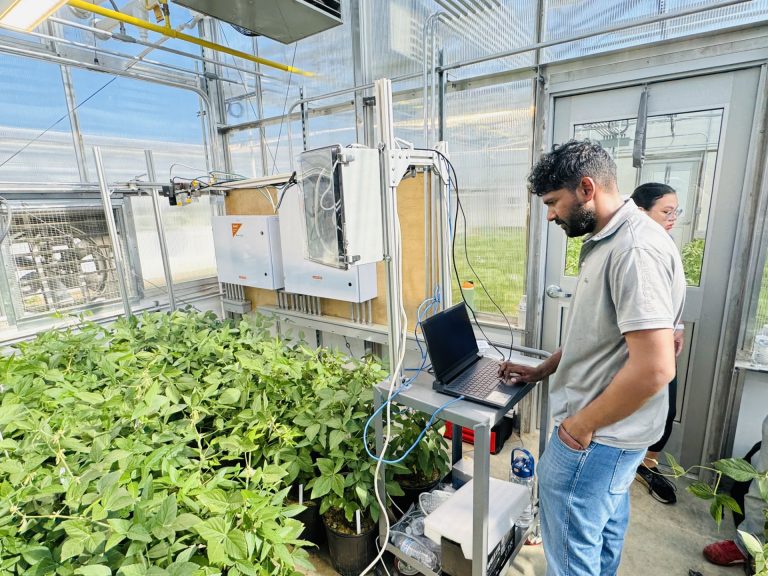

Developing Soil Sensors for Rapid Soil Health Assessment in Mississippi
Healthy soil is essential for farming, crop productivity, and environment sustainability, but traditional testing methods are often costly, destructive and time-consuming. Nondestructive sensing methods such as mid-infrared (MIR) and visible–near infrared (Vis–NIR) spectroscopy provide rapid, and reliable alternatives for soil analysis, allowing soil properties to be measured quickly without chemicals or lengthy lab work. This project focuses on 25 benchmark soil series in Mississippi, with each series studied in two different map units to capture state’s soil diversity. We are developing two innovative soil sensors that use spectroscopic techniques to measure soil health directly in the field. These sensors will be integrated with unmanned ground vehicles (UGV) to make soil testing faster, easier, and more affordable.
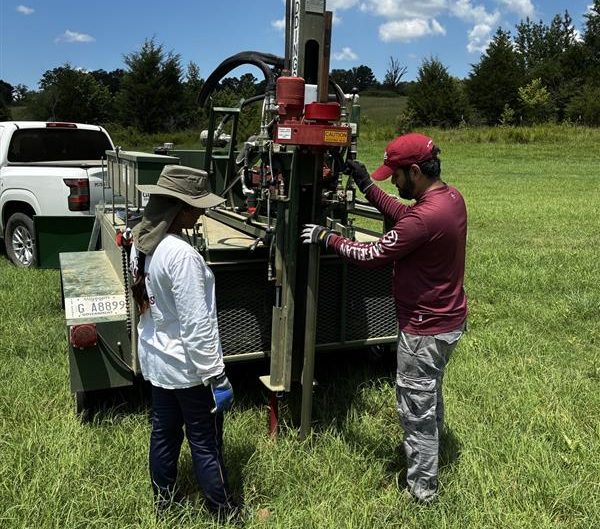
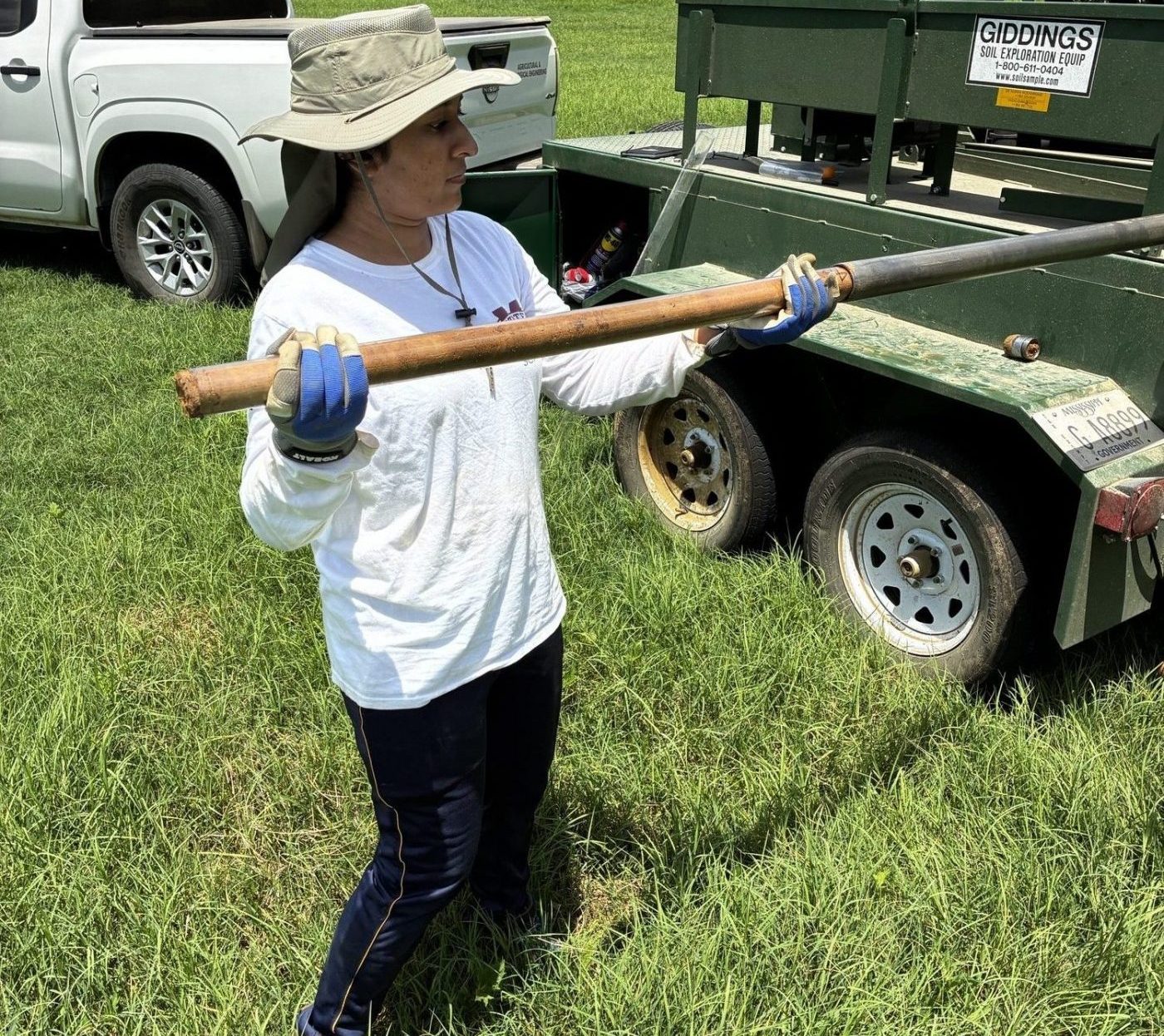
Use of Phenospex PlantEye F600 Multispectral 3D Scanner for Soybean Phenotyping in a Greenhouse
Advancing soybean breeding and stress resilience requires high-throughput phenotyping tools. Yet, many traditional trait measurements are manual and labor-intensive, creating bottlenecks that limit the efficiency and scale of crop improvement programs. This project uses 3D imaging to implement a non-destructive monitoring of how abiotic stresses affect soybean growth.
By using the PlantEyeF600, we are able to combine 3D imaging with multispectral reflectance all while being non-destructive and being able to continuously monitor the soybeans growth during stress conditions. The goal of this project is to use 3D imaging derived traits to classify soybean genotypes and to detect stress responses, with the goal of demonstrating a practical high-throughput approach for greenhouse phenotyping.
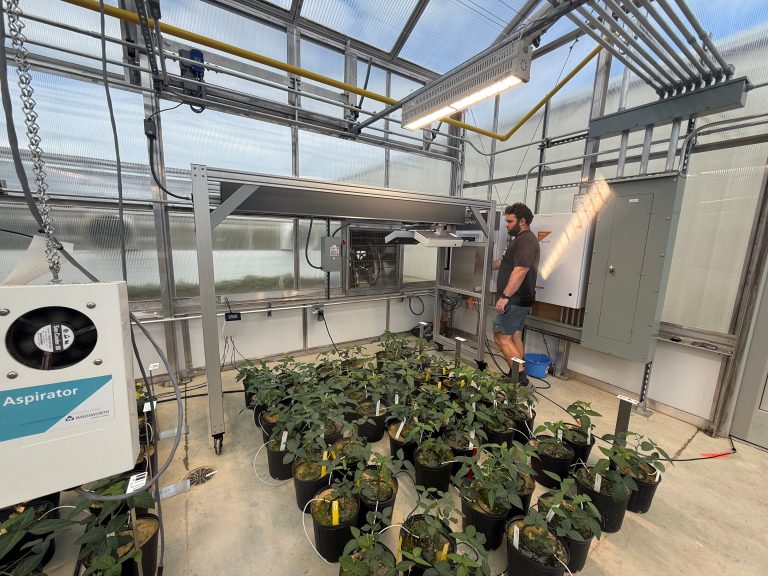
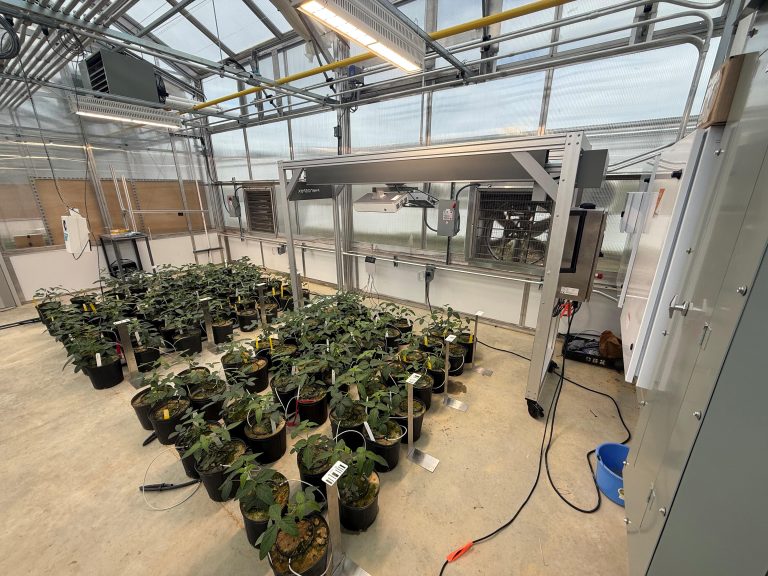
Collaborators/ Funding Sources
